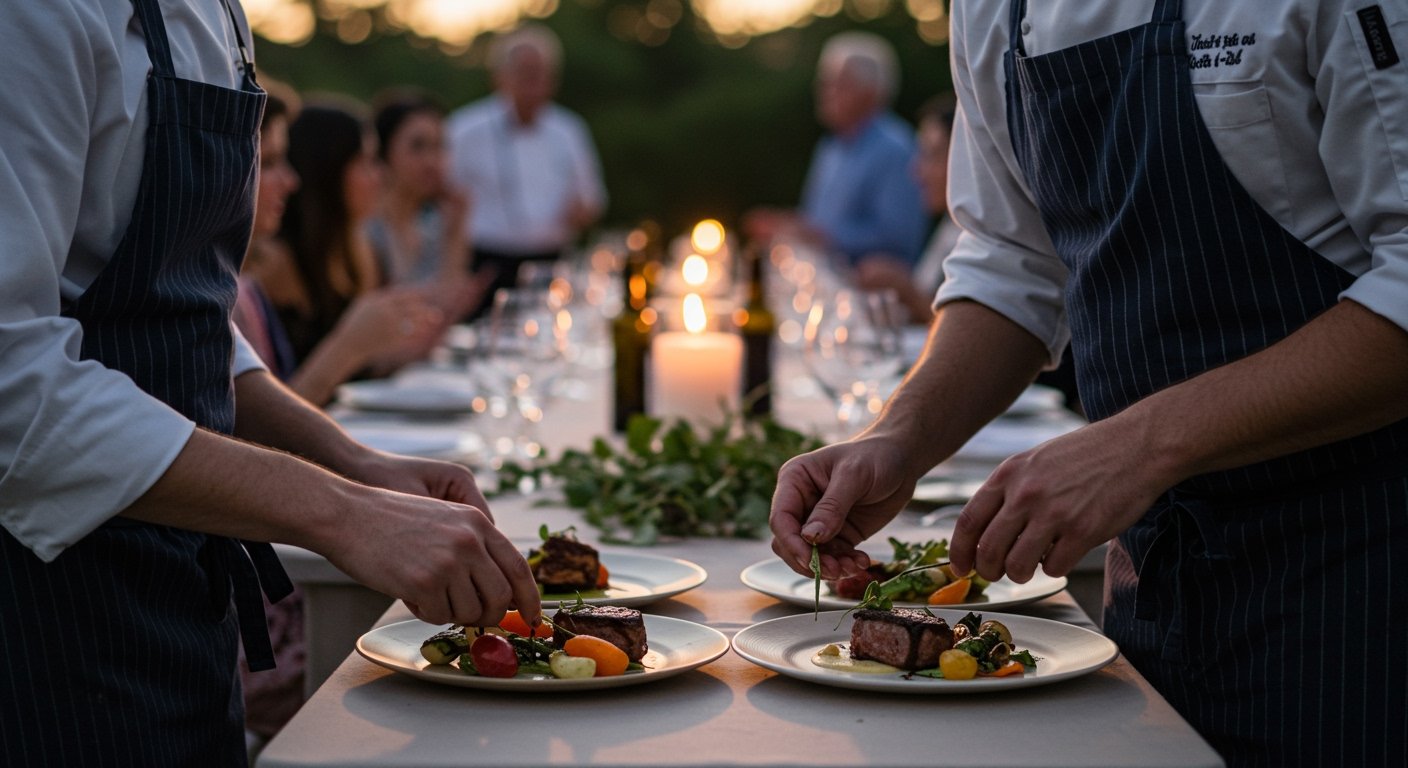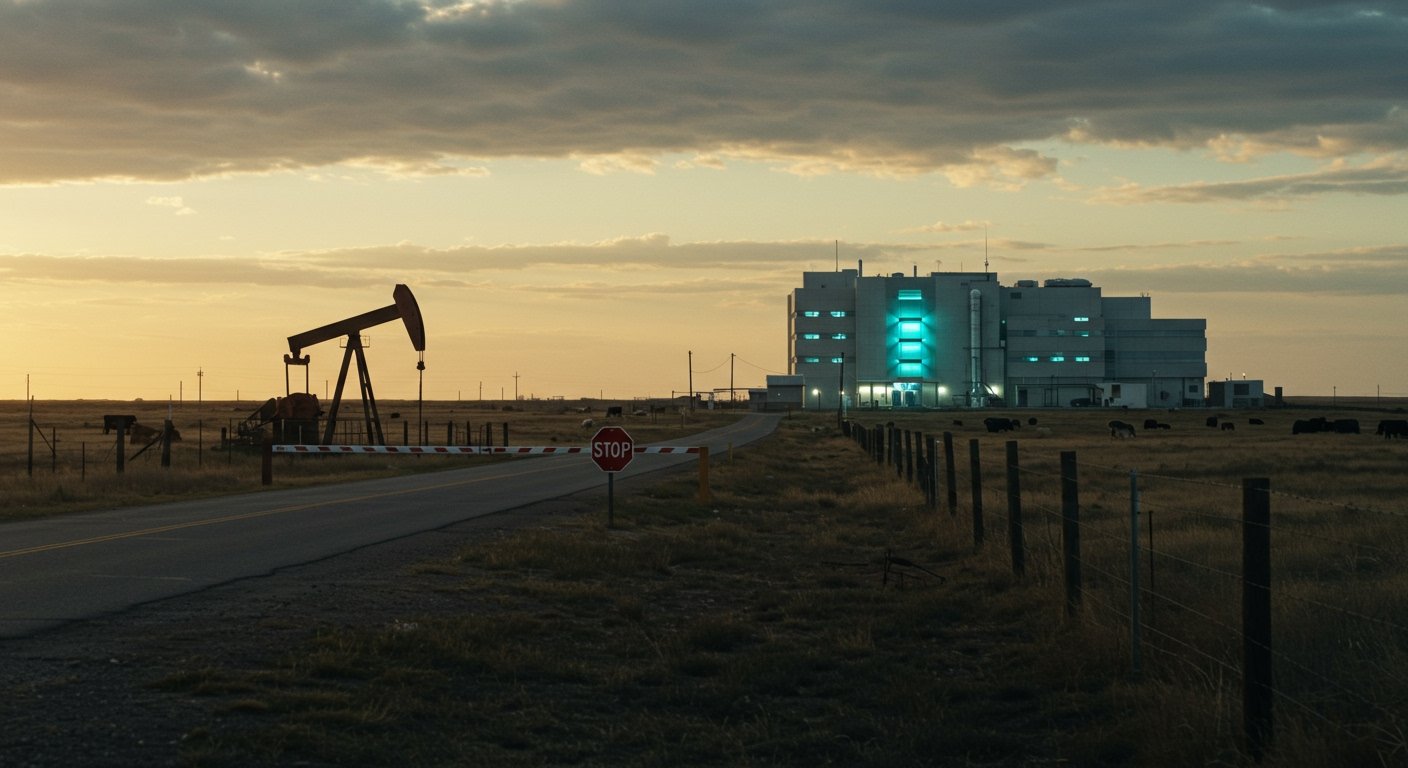Texas barbecue is more than just a method of cooking; it’s a cultural emblem, a testament to the state’s rich history, and a unifying force among its diverse communities. From the smoky pits of Central Texas to the mesquite-infused flavors of the West, Texas barbecue tells a story of tradition, innovation, and an unwavering passion for smoked meats.
A Historical Overview
The origins of Texas barbecue are as diverse as the state itself. In the 19th century, German and Czech immigrants settled in Central Texas, bringing with them meat-smoking techniques that would lay the foundation for what we now recognize as Texas barbecue. These settlers, many of whom were butchers, began smoking leftover cuts of meat to preserve them, inadvertently creating a culinary tradition that would endure for generations.
Simultaneously, African American communities in East Texas were developing their own barbecue styles, heavily influenced by Southern cooking traditions. The fusion of these diverse cultural practices has resulted in the rich, multifaceted barbecue culture that Texas proudly boasts today.
Regional Variations
Texas’s vast landscape has given rise to distinct regional barbecue styles, each with its own unique characteristics:
- Central Texas: Often referred to as the “Texas Trinity,” this style focuses on brisket, sausage, and ribs. Meats are seasoned with simple salt and pepper rubs and smoked over oak wood, allowing the quality of the meat to shine without heavy sauces.
- East Texas: Here, barbecue is typically cooked until the meat is “fall-off-the-bone” tender. A sweet, tomato-based sauce is commonly used, reflecting the area’s Southern influences.
- West Texas: Also known as “cowboy-style,” this method involves cooking over direct heat, often using mesquite wood, which imparts a distinct, bold flavor to the meat.
- South Texas: Influenced by Mexican culinary traditions, this style often features barbacoa, where meats are traditionally cooked in underground pits, resulting in tender, flavorful dishes.
The Cultural Significance
Barbecue in Texas transcends mere cuisine; it’s a social ritual, a reason for gatherings, and a source of state pride. From small-town festivals to family reunions, barbecue serves as the centerpiece, bringing people together to celebrate community and heritage.
The state’s dedication to barbecue is evident in its numerous barbecue joints, some of which have been operating for over a century. These establishments are not just restaurants but landmarks, preserving the techniques and flavors that define Texas barbecue.
Modern Interpretations
While traditional methods remain revered, contemporary pitmasters are infusing new life into Texas barbecue. Innovations such as incorporating global flavors, experimenting with different wood types, and introducing new cuts of meat are expanding the barbecue repertoire. Despite these modern twists, the essence of Texas barbecue—a commitment to quality, patience, and community—remains steadfast.
Conclusion
Texas barbecue is a culinary art form that encapsulates the state’s history, diversity, and spirit. Whether you’re savoring a slice of perfectly smoked brisket in Austin or enjoying tender ribs in Houston, each bite is a tribute to the rich traditions and cultural mosaic that make Texas barbecue a beloved institution.
Frequently Asked Questions
- What makes Texas barbecue unique?Texas barbecue is distinguished by its regional styles, emphasis on smoked meats like brisket, and the use of specific woods such as oak and mesquite, which impart distinct flavors.
- How did German and Czech immigrants influence Texas barbecue?These immigrants introduced meat-smoking techniques and established butcher shops in Central Texas, laying the groundwork for the state’s barbecue traditions.
- What is the “Texas Trinity” in barbecue?The “Texas Trinity” refers to the trio of brisket, sausage, and ribs, which are central to Central Texas barbecue.
- How does East Texas barbecue differ from other regions?East Texas barbecue is characterized by slow-cooked, tender meats often served with a sweet, tomato-based sauce, reflecting Southern culinary influences.
- What role does barbecue play in Texas culture?Barbecue serves as a social glue in Texas, bringing communities together for celebrations, festivals, and family gatherings, and is a source of state pride.
- Are there modern twists to traditional Texas barbecue?Yes, contemporary pitmasters are experimenting with global flavors, different wood types, and new cuts of meat, adding innovative elements to traditional barbecue.






